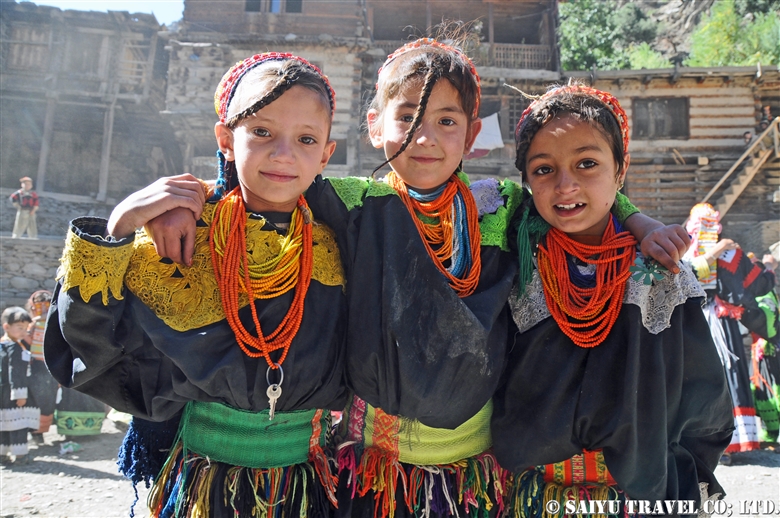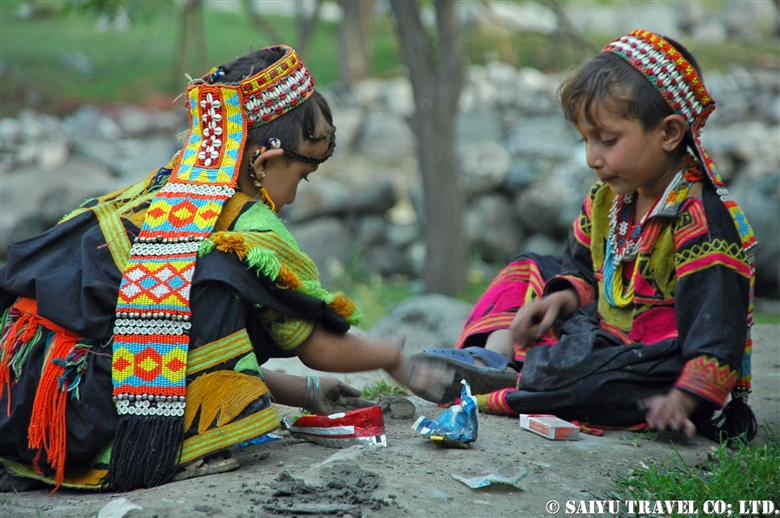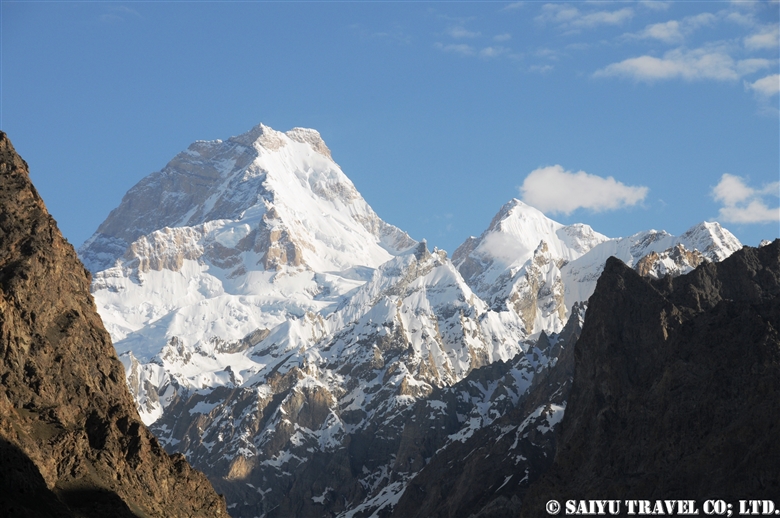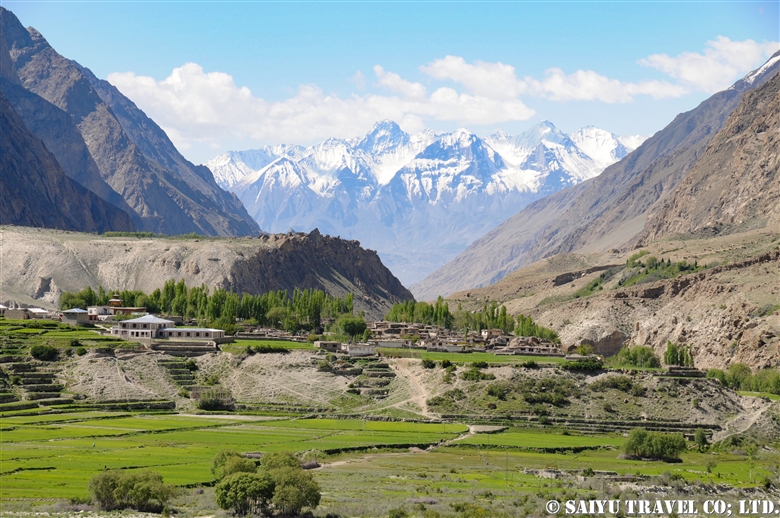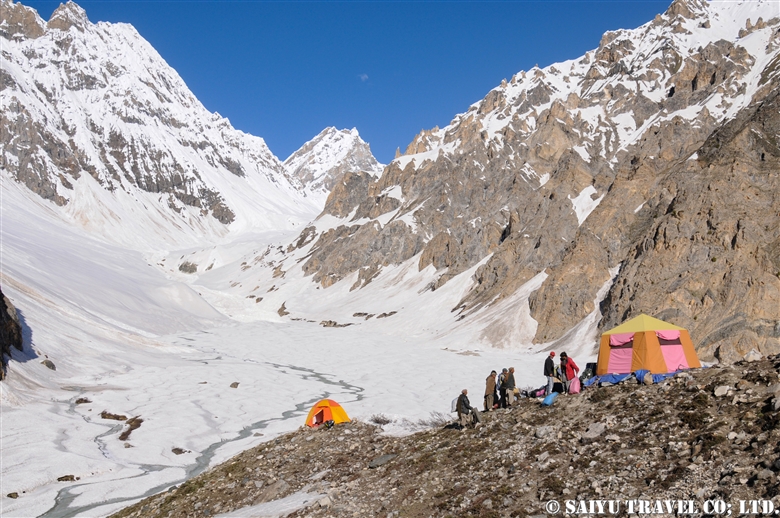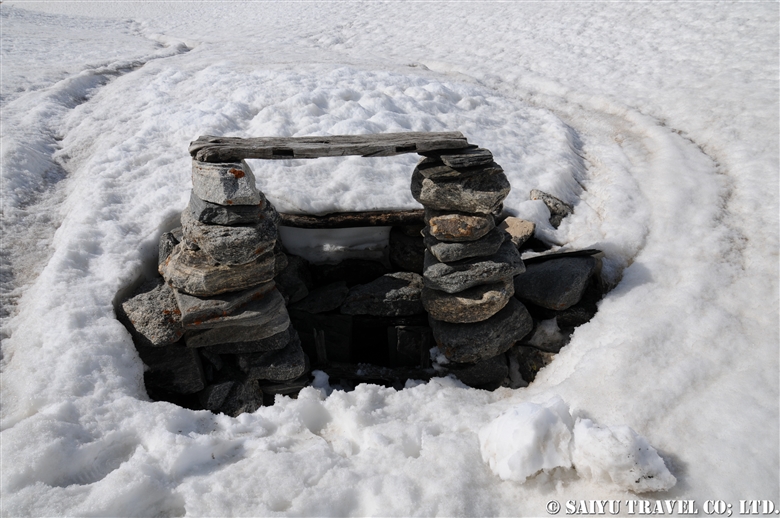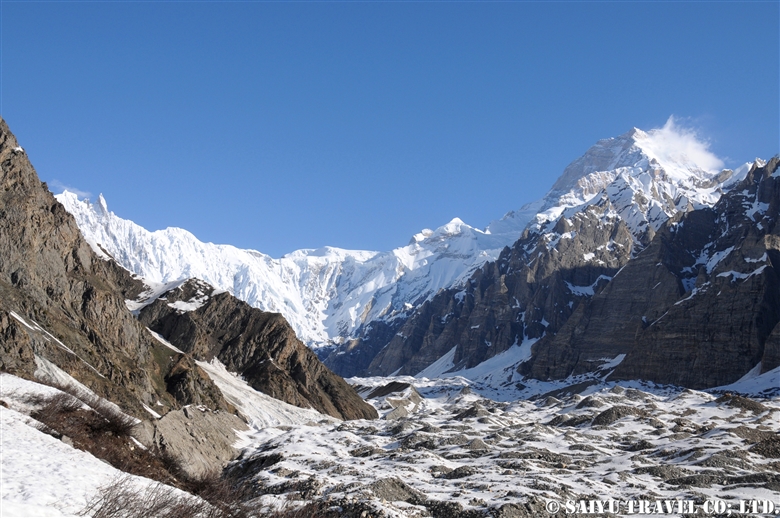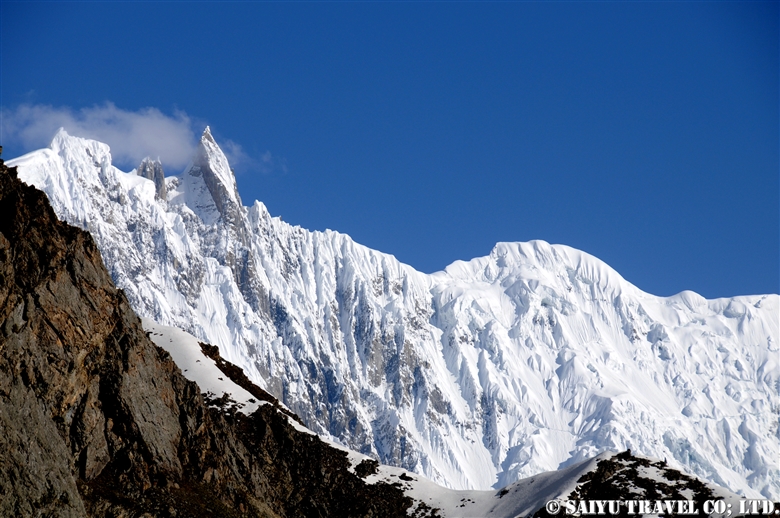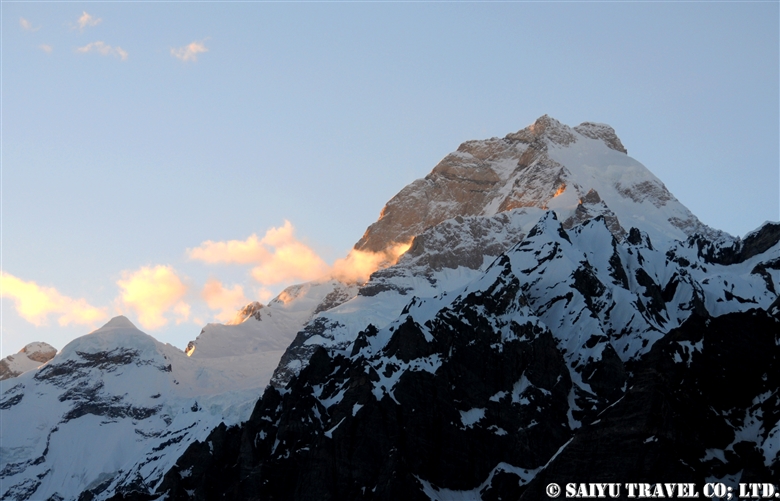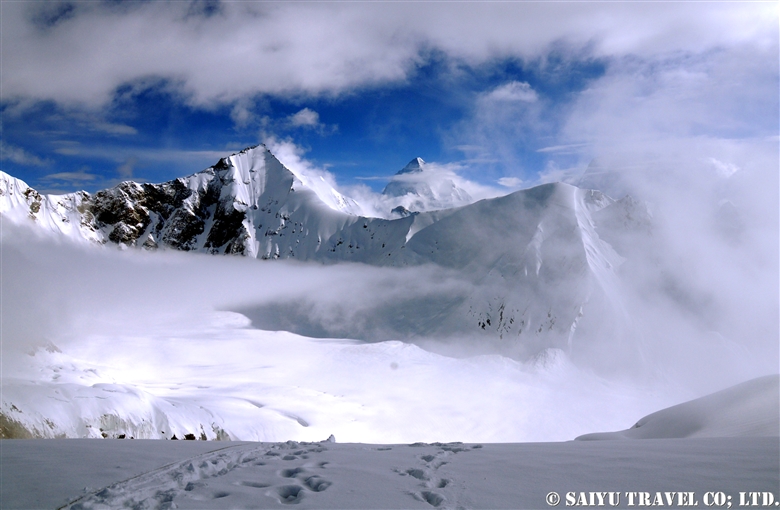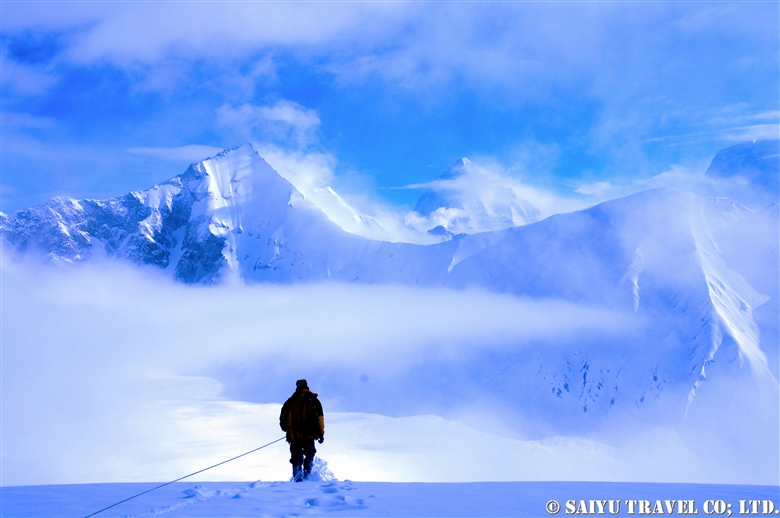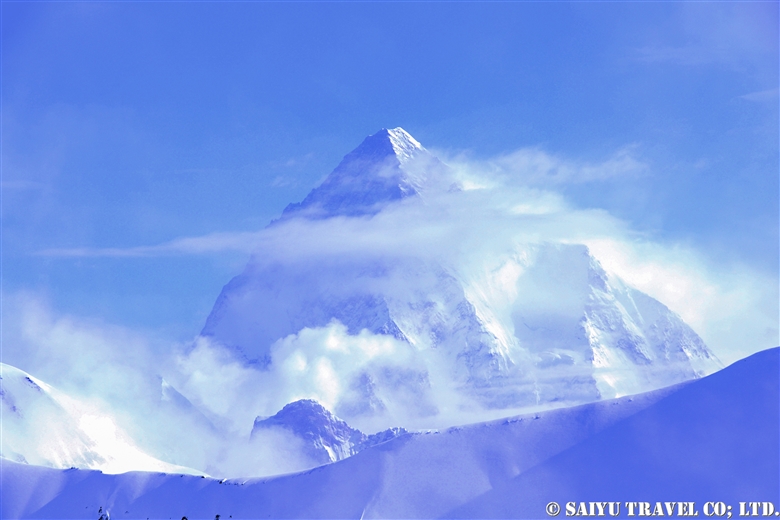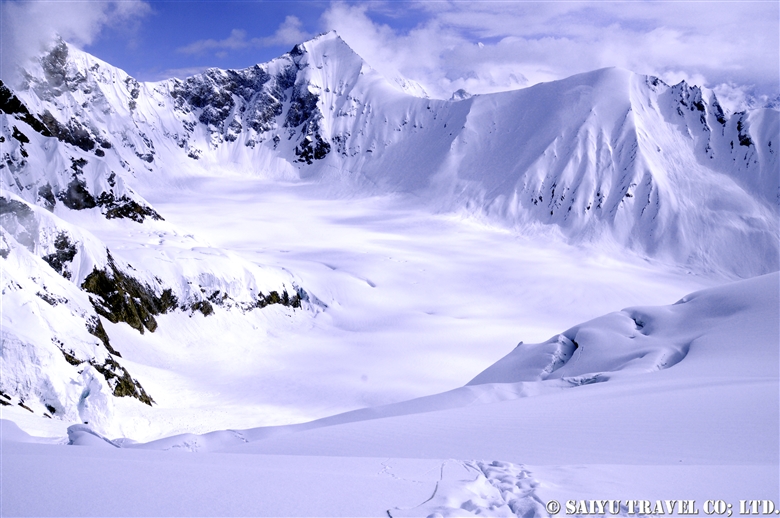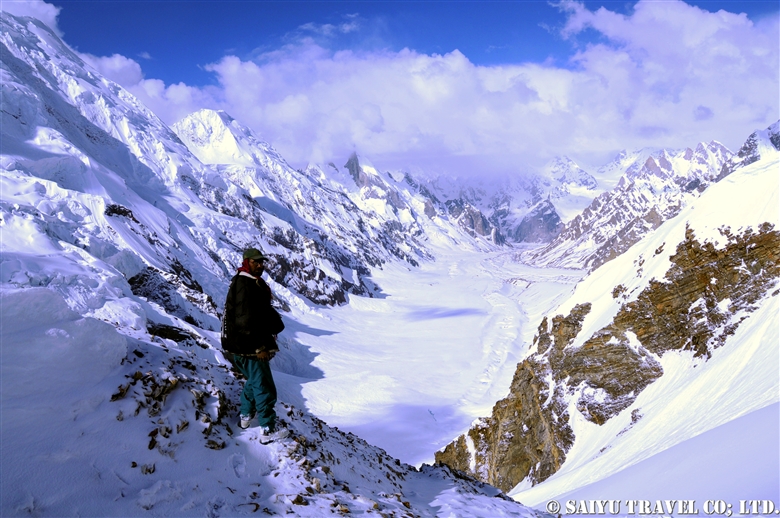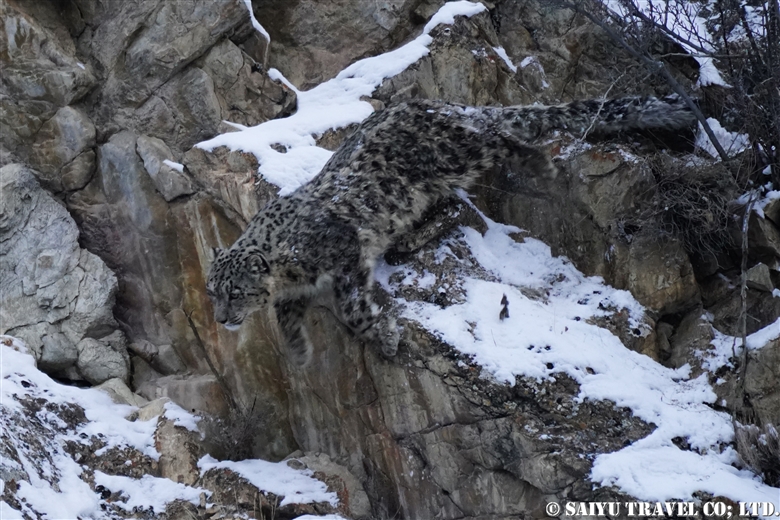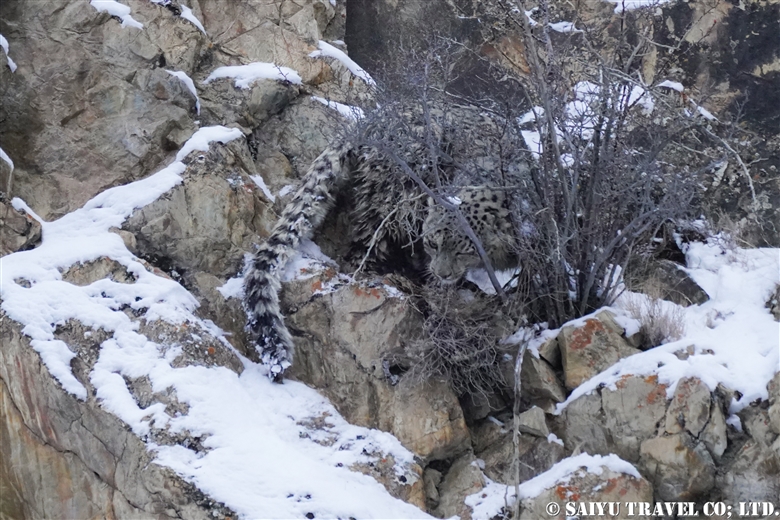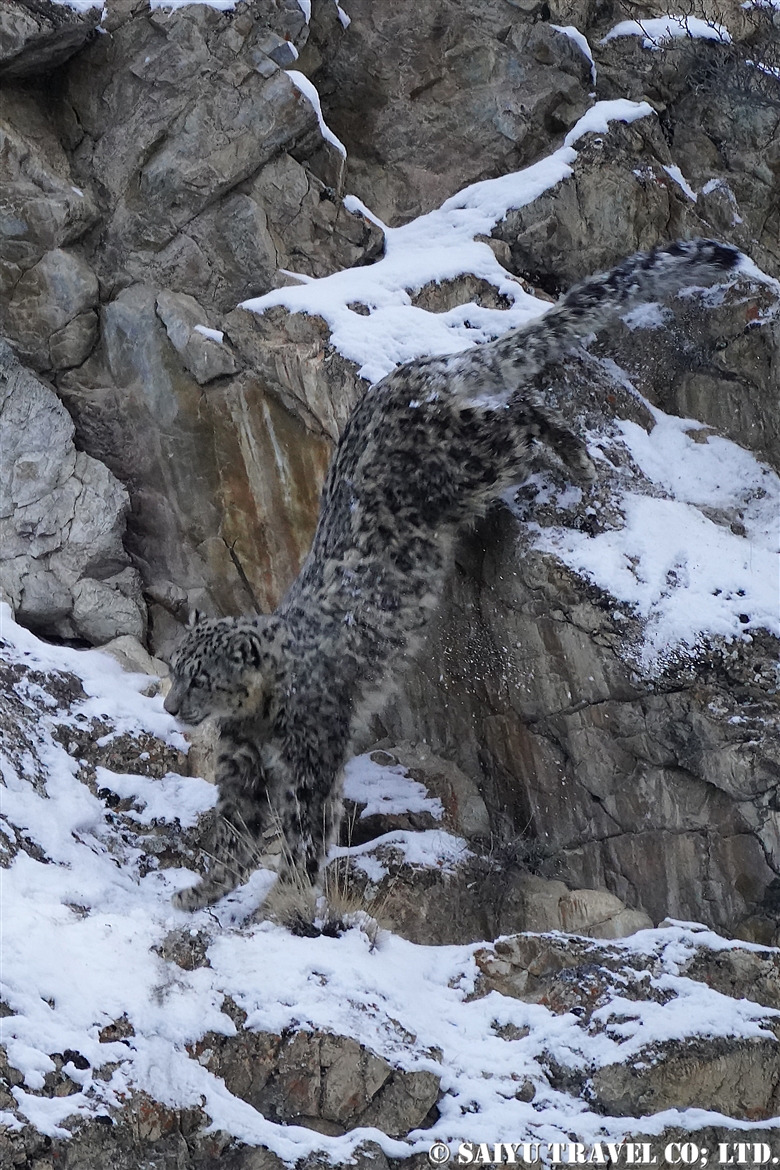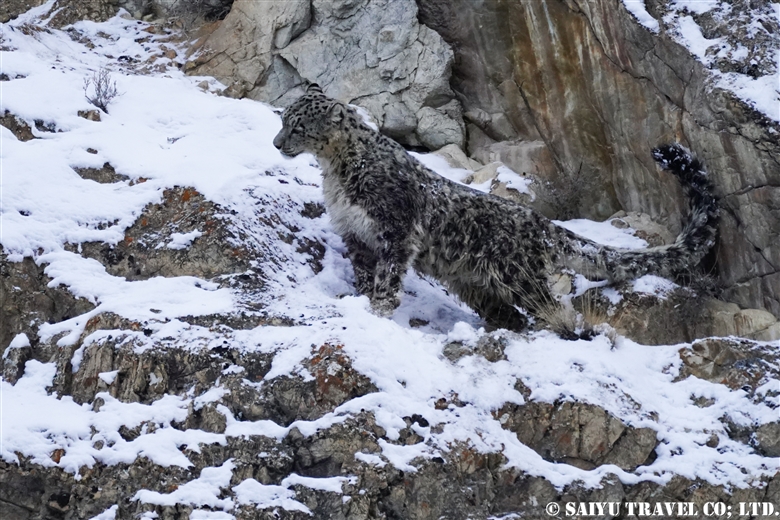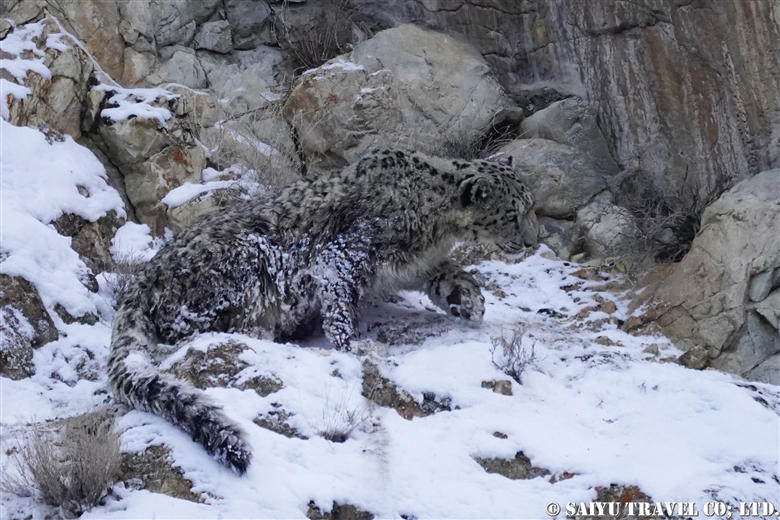
This is one of the most highlighting feature of the northern Pakistan in autumn; the great movement of the livestock. In October, livestock such as goats, sheep, and yaks that spent the summer in high altitude pastures return to the village all at once.

When I was traveling north on the Karakorum Highway, villagers brought livestock appeared in the backdrop of Passu mountains.

Villagers with their livestock who spent the summers on the highland pastures.

Goats and sheep collected from various houses in the village are gathered together and moved together. Finally, when they arrive at the village, they are divided into their respective homes for winter preparation.

A very healthy herd of livestock passing by, extremely wonderful herd sheep & goats, with signature long and twisted horns directing towards the back.

Villagers moving with their livestock, the village is already near.
Photo & Text : Mariko SAWADA
Visit: Oct 2014, Passu, Gilgit-Baltistan
Category : ◆ Gilgit-Baltistan > - PassuTag : Pakistan Photography Tour , passu , Travel to Pakistan , Traveling Pakistan , Traveling Pakistan Blog , Indus Caravan , Saiyu Travel Pakistan , Gilgit-Baltistan , Kucchi , Pakistan Travel company , Pakistan Blog , Pakistan tour operator , Pakistan Travel Blog






